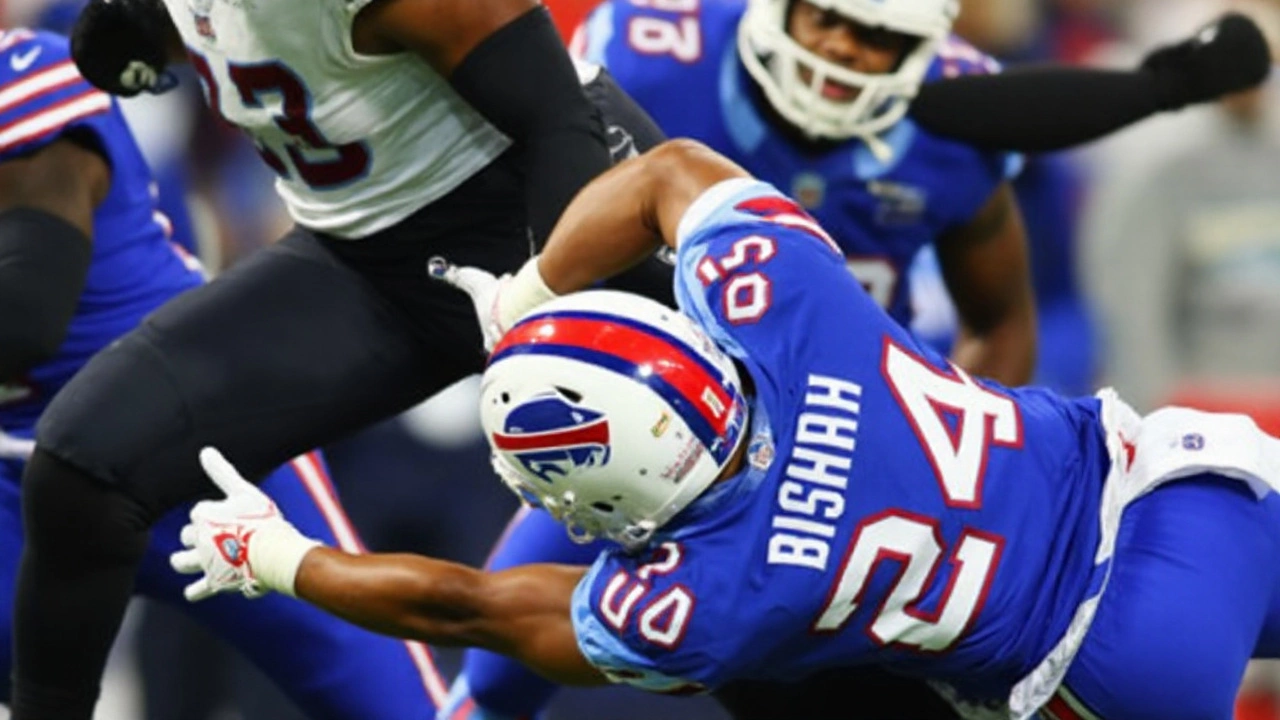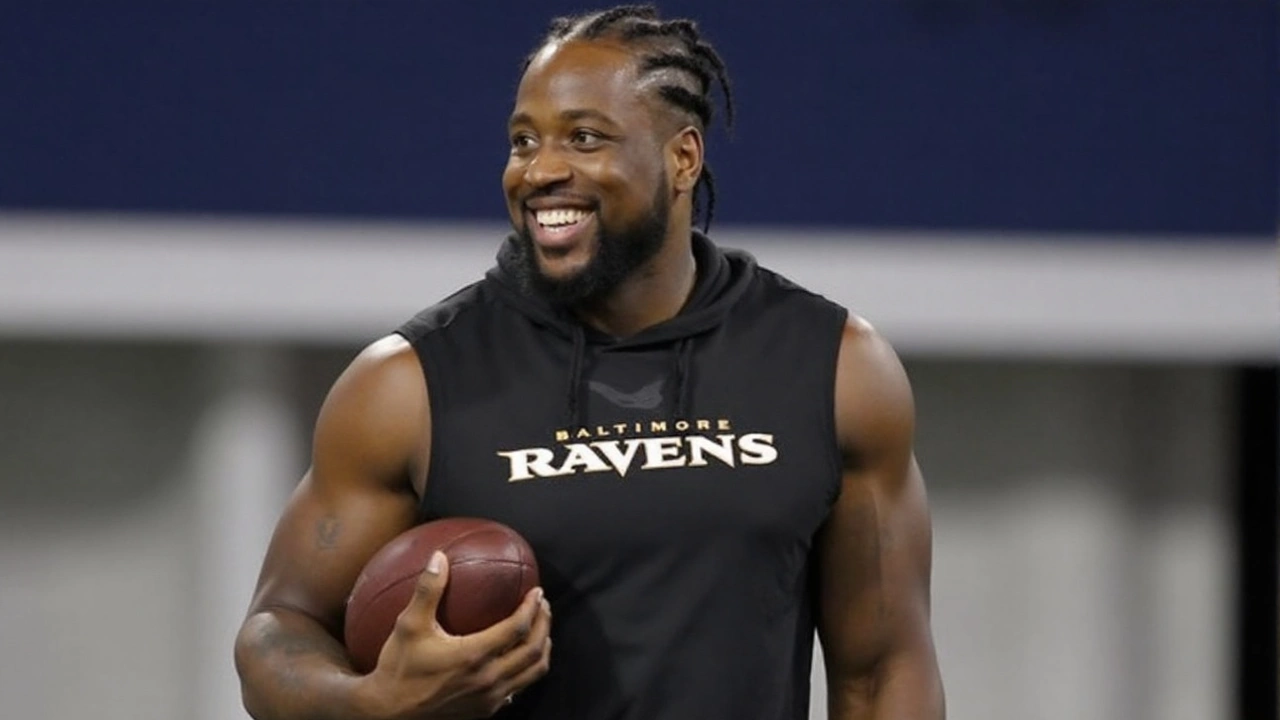A Colossal Frame in a Light‑weight Role
When you hear the name Derrick Henry, the image that pops up isn’t a sprinter darting through gaps – it’s a bruising, wall‑like presence that bulldozes defenders. Standing 6'3" and tipping the scales at roughly 250 pounds, Henry’s body is more at home on a linebacker roster sheet than a typical running back board. Most backs sit between 5'9" and 6'0" and weigh around 210‑220 pounds, making Henry’s measurements an outright outlier.
His size isn’t just a numbers game. The way he leverages his length for a stiff‑arm has become a signature move that fans replay on highlight reels. The outreach of his arms, combined with a heavyweight build, lets him lock onto tacklers and yank the ball free while still sprinting downfield. It’s a blend of leverage and raw strength that few players can emulate.
Beyond the raw physicals, Henry’s durability is remarkable. Over his 12‑year career, he’s logged more than 8,000 rushing yards and 65 touchdowns while consistently hovering around the 250‑pound mark. Even after turning 30, his speed hasn’t tanked; his 40‑yard dash numbers still sit in the low‑4.7 range – impressive when you consider the mass he’s hauling.
- Height: 6'3" (190 cm)
- Weight: 247‑252 lbs (112‑114 kg)
- Career rushing yards: >8,000
- Touchdowns: 65+
These stats underscore a simple fact: Henry isn’t just big; he’s big and effective. While many power backs lose a step as they age, his blend of muscle and athleticism lets him stay in the game’s toughest moments, often breaking tackles late in the fourth quarter when defenses are already worn down.

What the Ravens Gain from Henry's Power
Baltimore’s decision to bring Henry on board in 2024 wasn’t a vanity move – it was a strategic pivot. The Ravens have long leaned on Lamar Jackson’s dual‑threat ability, but adding a true power runner offers a fresh dimension. Where Jackson can scramble and stretch the field, Henry can smash through the gap, forcing defenses to respect two very different rushing threats.
Coaches have already woven Henry into short‑yardage packages, especially in goal‑line scenarios. His ability to convert 3rd‑and‑2 situations into first downs has already shown up in early-season game logs, with a conversion rate north of 65 percent. Moreover, his presence forces linebackers to stay upright, creating natural lanes for Jackson’s runs and play‑action passes.
From a defensive standpoint, opponents now have to plan for a two‑pronged assault. The standard “stop the quarterback‑run” scheme is less effective when a 250‑pound beast can take a hand‑off and carve a path right through the middle. Defensive coordinators have reported needing extra personnel in the box, which in turn weakens secondary coverage against Jackson’s deep throws.
- Improved short‑yardage efficiency – Henry’s power drives goal‑line success.
- Diversified rushing attack – forces defenses to allocate resources to both a scrambler and a bruiser.
- Enhanced play‑action credibility – linebackers respect Henry, opening passing lanes.
Beyond the X’s and O’s, Henry’s leadership vibe is palpable in the locker room. Younger backs look up to his work ethic, noting how he maintains his weight and explosiveness through a strict diet and weight‑training regimen. His veteran presence also offers a steadying influence during high‑pressure moments, something that’s hard to quantify but evident in the team’s composure on late drives.
The combination of size, skill, and seasoned mindset makes Henry a rare commodity in today’s NFL, where most teams favor lighter, speed‑first backs. As the season unfolds, the Ravens’ ground game will likely become a case study in how a traditional “power back” can coexist with a modern, dual‑threat quarterback, reshaping offensive philosophies across the league.
